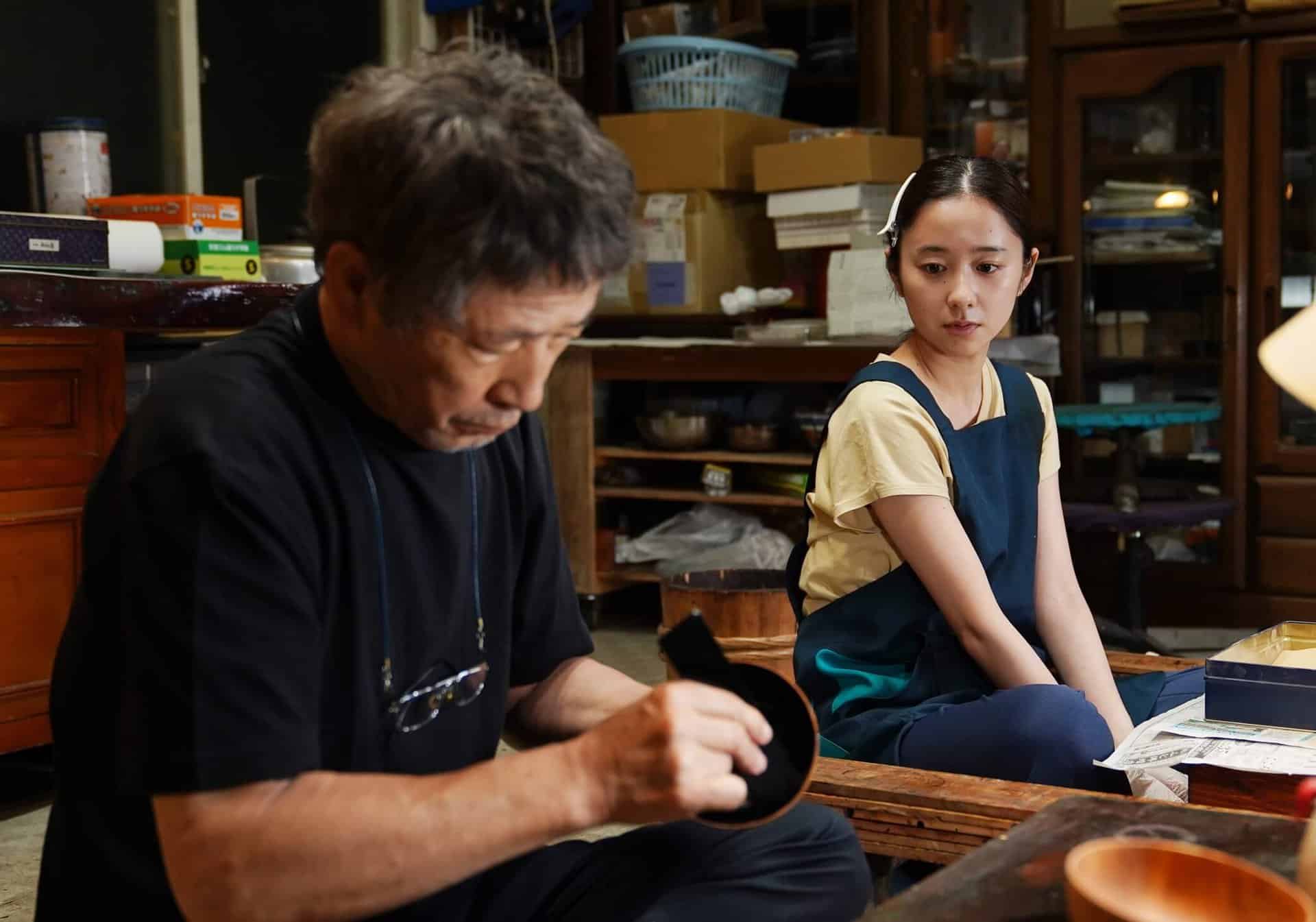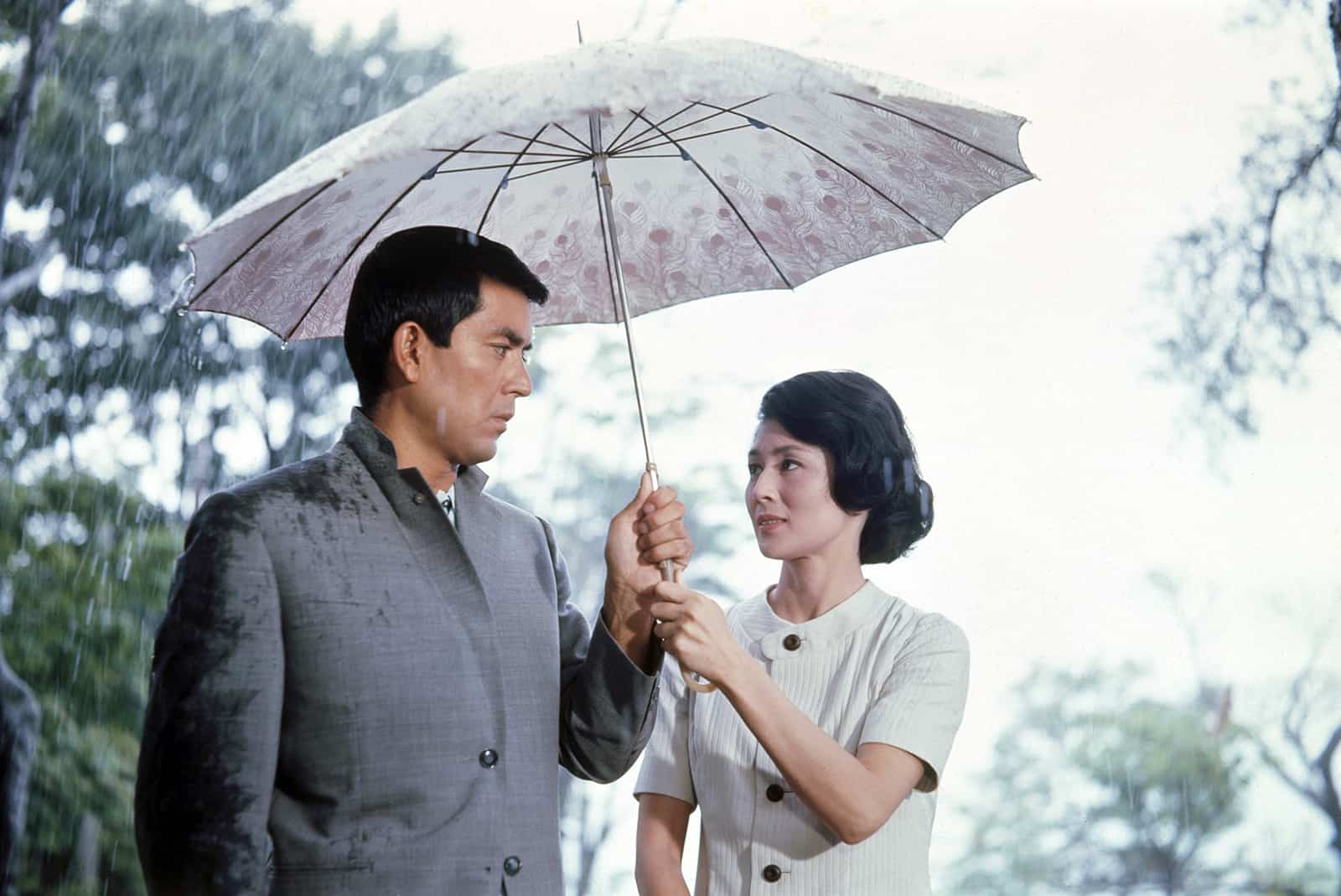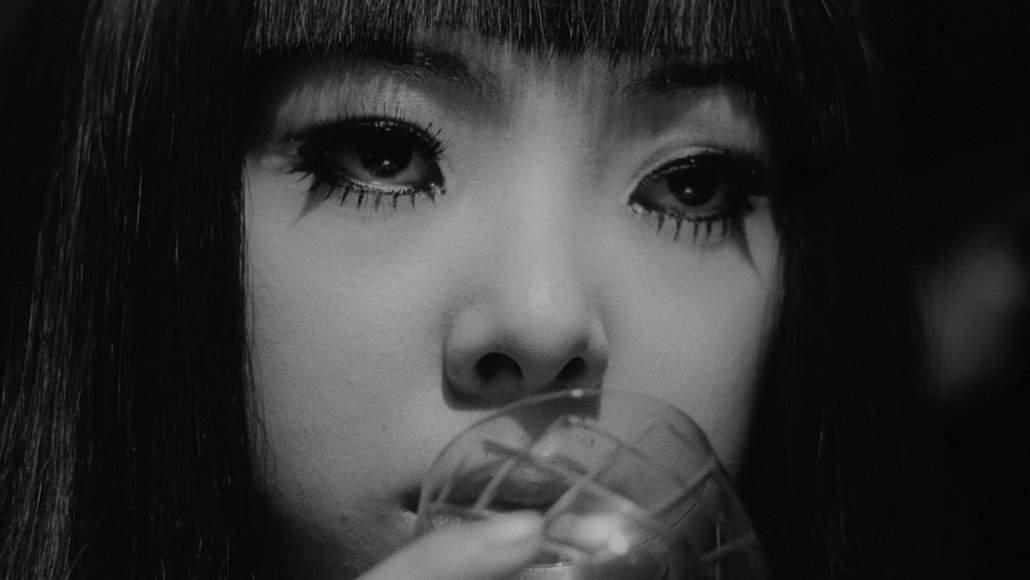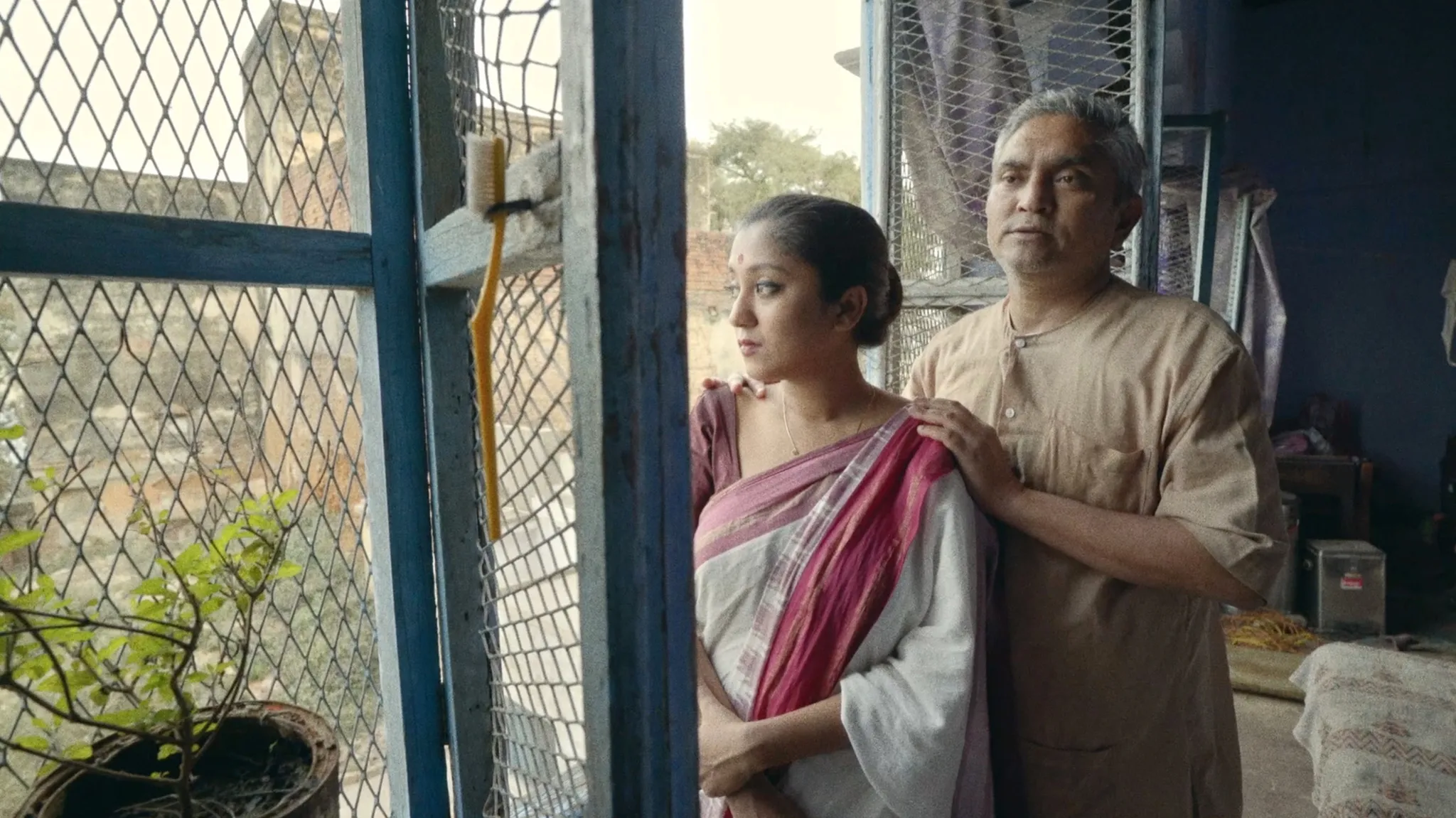Following the first part of the second season, revolving around the Mugen Train, the Entertainment District Arc continues after Kyojuro's shocking death, with Tanjiro, Zenitsu and Inosuke accompanying the annoyingly flamboyant Sound Hashira Tengen Uzui to their next mission – infiltrating the famed Yoshiwara red-light district, where demons are said to reside.
Before that, however, Tanjiro visits Kyojuro's father, in a rather dramatic sequence that shows that Shinjuro, who used to be the flame Hashira himself, is now a violent alcoholic. A revelation revolving around Tanjiro's earring does happen, though, bringing us to the main dish of the part. Uzui tells the three young men that he has three wives, kunoichis, that have infiltrated Yoshiwara in order to follow on demon activity, but he has not heard from them for some time, which is the reason he has come to the area. In the meantime, Muzan is also there, this time disguised as a young boy, with the failure of the events before and after the Mugen Train, enervating him once more, as Akaza soon realizes. Uzui forces the three to pose as geishas and infiltrate the houses his wives did, with them soon realizing that a demonic force is at play, and from a higher demon no less. A fight inevitably ensues, but it seems that Warabihime, the obi-using demon, is just the first part of the “surprise”.
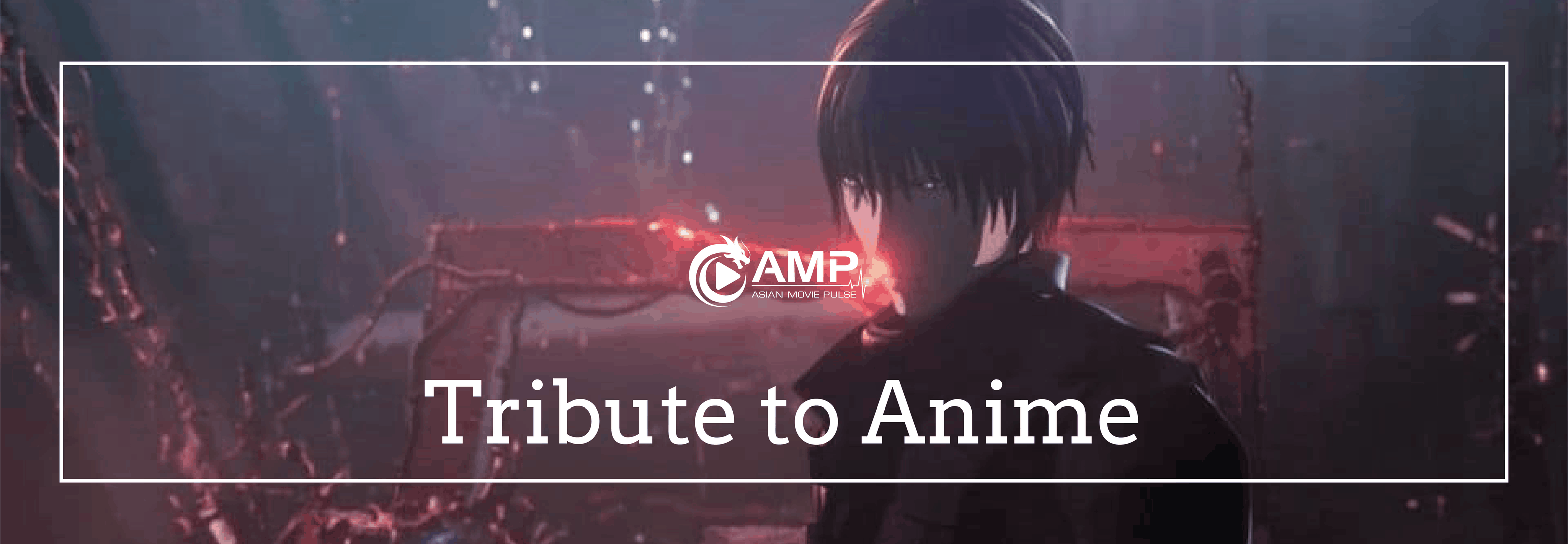
Allow me to start the review with the negative aspects. The first and most obvious one is that, when Haruo Sotozaki moves away from the action and drama, the quality of the series drops significantly. The humor scenes are pedantic to say the least, Inosuke's loud voice truly annoying, and the things that happen overall, as the three friends infiltrating the geisha houses essentially as themselves, border on the ridiculous. Add to that the silly faces, which are quite frequent, and you have a title that, in this aspect, seems to address only children. During the dramatic scenes, the quality increases significantly, but closer to the end of the arc, the series becomes rather melodramatic, with the background of the siblings in particular moving towards a distinct, forced sentimentalism path. That this falls under the new PC agenda, of showing that even true villains have become like that due to past events of their lives, adds another level of annoyance here (it would be funny to see how they deal with Muzan in that regard).
These issues notwithstanding, the series thrives in everything else. The presentation of the Red-light district is exceptional, with the fanservice finally finding an organic place within the narrative, with a number of geishas, the three wives, and Warabihime looking both beautiful and sultry. Particularly the design of the latter is testament to the excellent work by Akira Matsushima in the character design, something that becomes even more intense in the appearance of her second hypostasis. Some secondary characters may look too much alike, but in general, the work done in the characters, also including the three main ones and Uzui, is truly top notch.
The artfulness does not stop here. The backgrounds, especially inside the geisha houses are astonishing, with the level of the detail and the overall intricacy being of the highest caliber. Just look at the koi fish inside the Oiran's house and the trait will become immediately evident. Furthermore, the quality does not falter when disaster strikes the area, with the transition, despite the difference in style, being equally impressive.
Of course, all the aspects of the series find their apogee in the main battle, which is as lengthy as it is outstanding. Warabihime's true self, the appearance of Gyutaro, the role Nezuko plays, the abilities of Uzui, and the way Zenitsu and Inosuke have improved create an astonishing amalgam, which thrives both in narrative and technical terms. The intricacy and overall quality of the animation in these sequences reaches levels that we very rarely see in shonen series, with the people of Ufotable even having incorporated the “speeding background” technique that is the trademark of Gainax (and Trigger), along the occasional brutality, being the main sources of this awesomeness. The blood technique of Zenitsu and the way it evolves through the battle is a highlight on itself, with the same applying to Uzui's speed.
As such, by the end, no one will remember the narrative shortcomings and the cliches of the series, since the action, and occasionally the drama, are of a level that actually justify the popularity and overall impact the series has nowadays.




